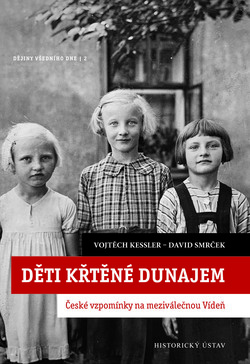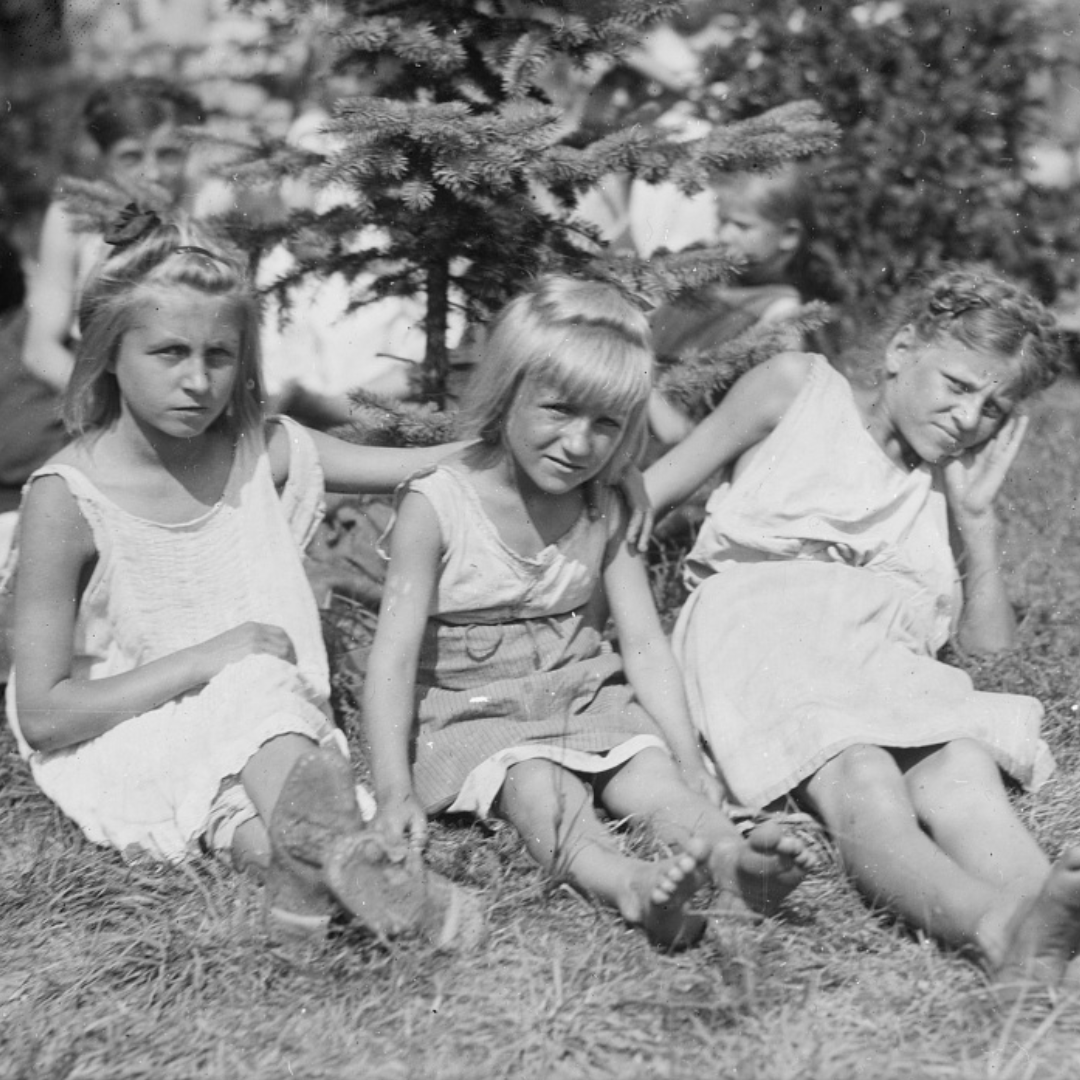Czech childhood in interwar Vienna

Published by: Historický ústav

In 2019, I stayed in Vienna for two months on an internship at the Österreichische Akademie der Wissenschaften. Shortly after my arrival, I started to notice many Czech, Hungarian, Polish, and Slovak names. This was not a surprise because Vienna, as the capital city of the Austro-Hungarian monarchy, was simply a multinational city. Even in 1900, Vienna was the second-largest city, after Prague, in terms of its Czech population. I assumed that people who came here mostly stayed in the city permanently and slowly assimilated. However, my assumption turned out to be wrong. In my defence, I had never delved into this subject. I learned more this year from the book Děti křtěné Dunajem: České vzpomínky na meziválečnou Vídeň by Vojtěch Kessler and David Smrček. My focus was on the history of childhood rather than the history of the Czech minority in Vienna.
Děti křtěné Dunajem was published as the second volume of the Dějiny všedního dne (History of Everyday Life). This edition is based on sources from the History of Everyday Life Database, a multi-institution project focused on the history of everyday life. The database is available here: https://ddvd.kpsys.cz/. By 2023, two volumes had been published, with a third planned for this year. Děti křtěné Dunajem is based on the memories of Czech children who lived in interwar Vienna, which are stored in the database. There is a total of 23 texts. The mentioned witnesses were mostly born in Vienna between 1910 and 1930, making them the second generation in Vienna. Although I understand the reasons why the authors used memories only from Dějiny všedního dne, in my opinion, a broader variety of memories stored outside the database could also have been used.
The main sources are these memories collected in the 1990s. Yet, the book is not merely an edition of sources but a full monograph. The authors themselves described the book as a “kaleidoscope of partial topics” that are placed in context. That is why the book contains many quotations and photos, on a larger scale than other monographs. This method of processing introduces the life of the Czech minority in Vienna from several different angles, albeit solely in black and white. The original purpose of these memories was to create a volume entitled Damit es nicht verlorengeht. Unfortunately, or fortunately, this volume never saw the light of day, allowing these sources to be used for Děti křtěné Dunajem twenty years later.
Returning to the homeland was one of the significant moments in their lives. […] What was common to both waves was a gradual disappointment with Czechoslovakia.
The book covers various topics in everyday history, including education, leisure, work, and Czech-Austrian relationships. At the same time, there are chapters about significant moments connected to the Czech minority, such as their arrival or departure from Vienna or the impact of major historical events on individual families. The authors were not searching for specific topics; they derived them from memories. These topics are viewed from the perspective of children and teenagers. The main settings for their lives were school, home and its surroundings, or church. The relationships between the Czechs and the locals varied, with good relations among neighbours. However, they could be targeted for using the Czech language in public. Returning to the homeland was one of the significant moments in their lives. The first major wave of return occurred after the First World War, and the second took place after the Second World War. What was common to both waves was a gradual disappointment with Czechoslovakia. For the second wave, which includes the most witnesses, the situation was even worse. After 1948, trade unions and other aspects of life in Czechoslovakia were abolished.
In each chapter, the memories are placed in context for better understanding. The Czech minority in Vienna primarily worked as labourers and artisans, significantly influencing their lives. In my previous research, I focused on interwar scouting in Czechoslovakia. I read the book with the hope of finding any mentions of Czech scout troops in Vienna. Unfortunately, there were none. On the other hand, there is plenty of information about other topics in everyday history.
As mentioned earlier, this is not a book you would read to gain a comprehensive understanding of the Czech minority in Vienna as a complete subject. Rather, you would turn to this book if you were interested in how it is remembered. The monograph is written as an academic book; however, the text is easily accessible to every reader. I would say it is more suited for the general public than academics, including the methodological sections. The book is also well-designed in terms of graphics and typography. In summary, I believe the entire book is a worthy read for everyone and is visually appealing as well.
Jan Jiráň work is a historian who works as a teacher at the second level of primary school. He recently finished his dissertation which focuses on interwar scouting in Czechoslovakia. Youth history research is one of his main focuses next to regional history. He is a chairman of Vlastivědný spolek Týnce nad Sázavou. He is a graduate of the Faculty of Philosophy of Charles University in Prague.
